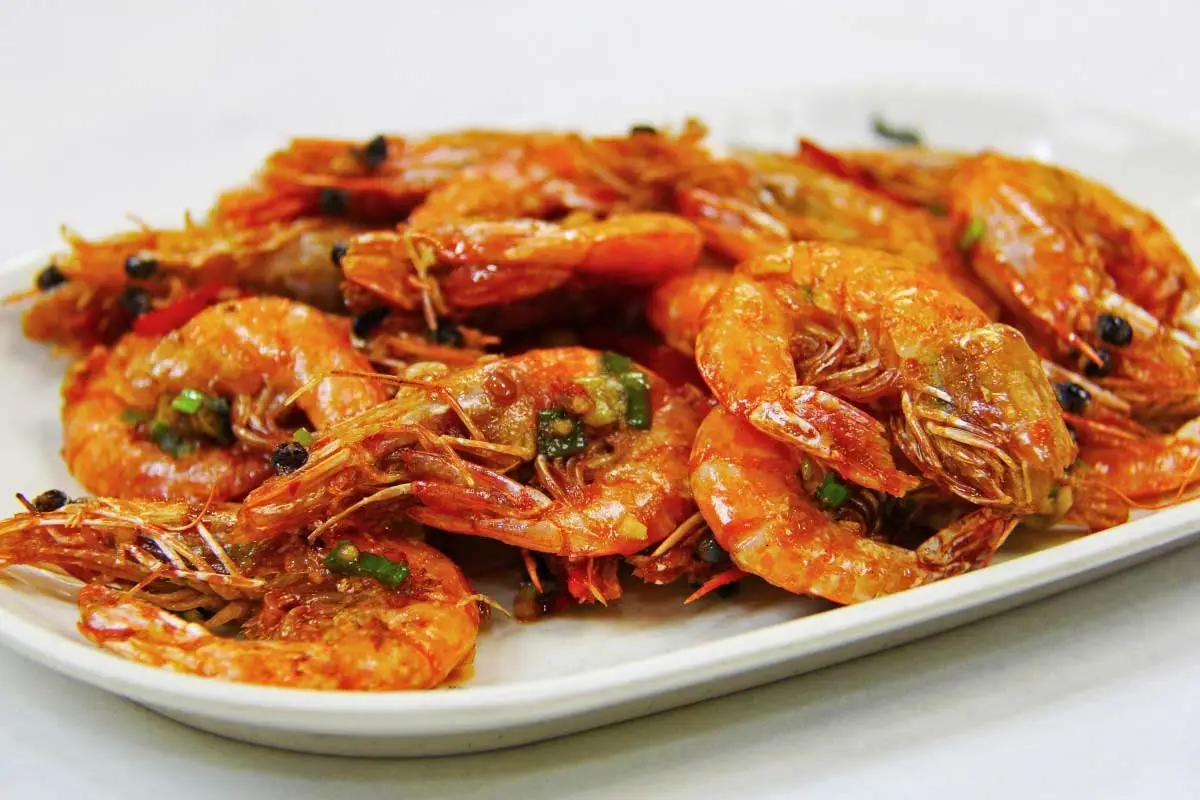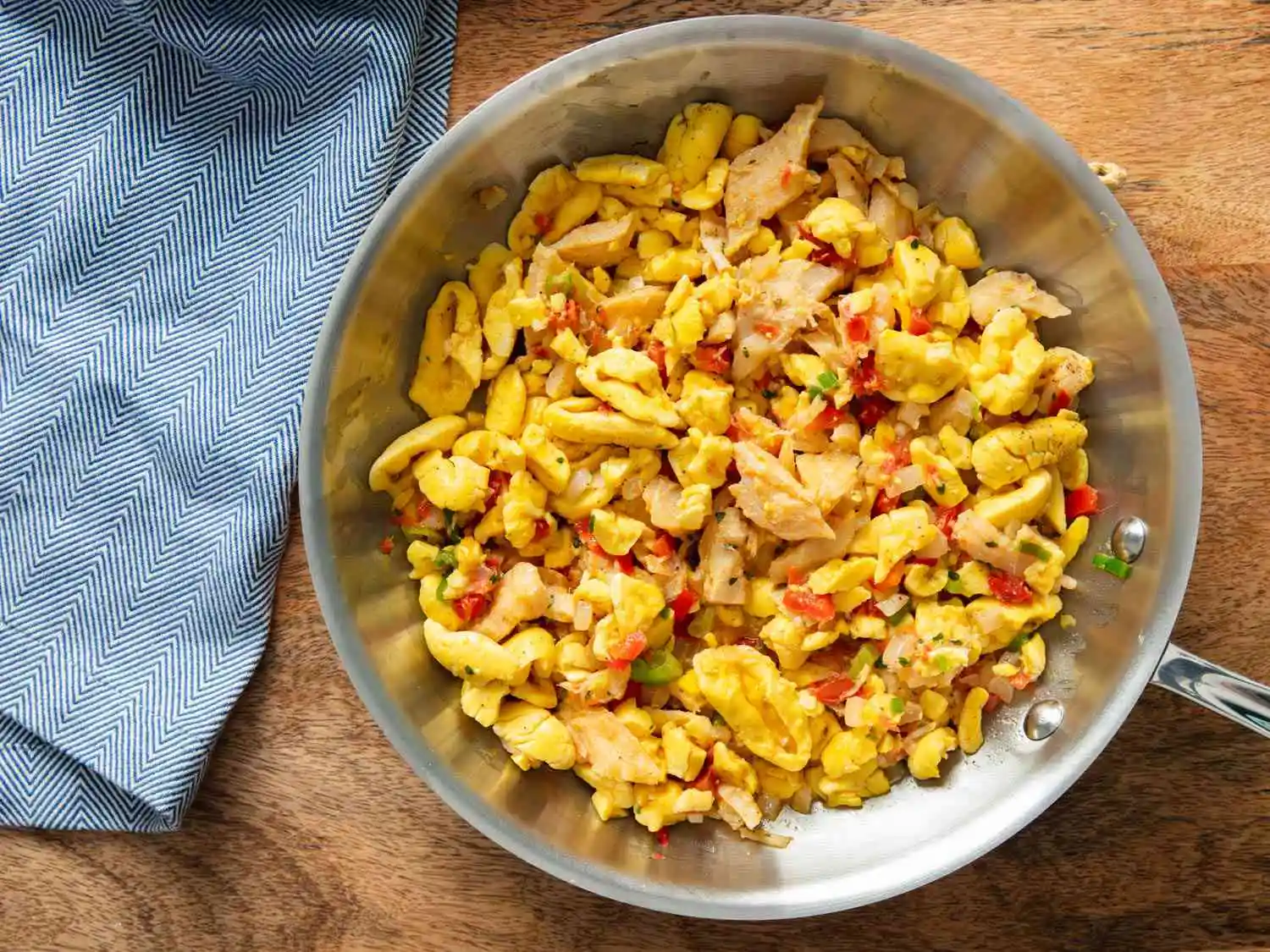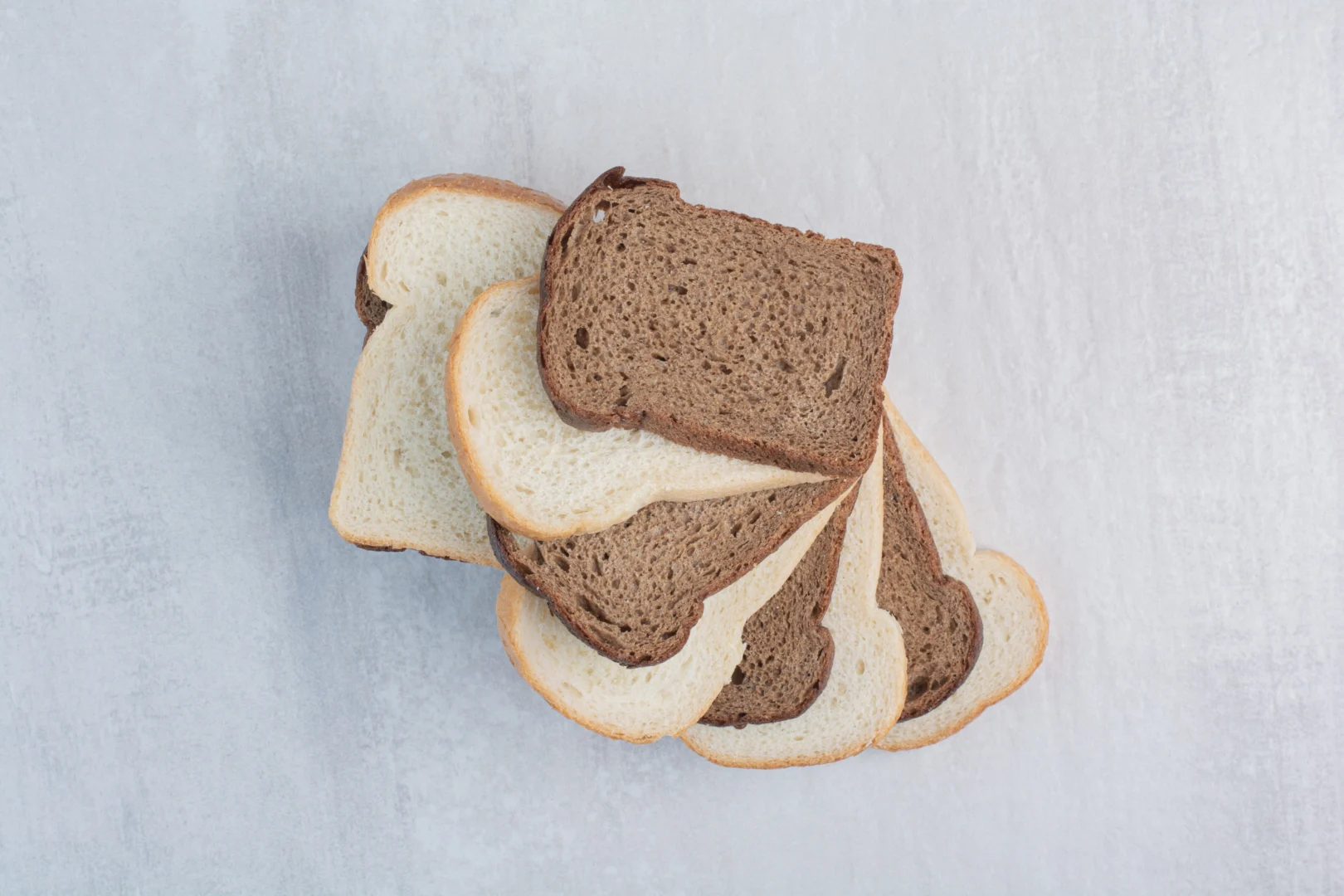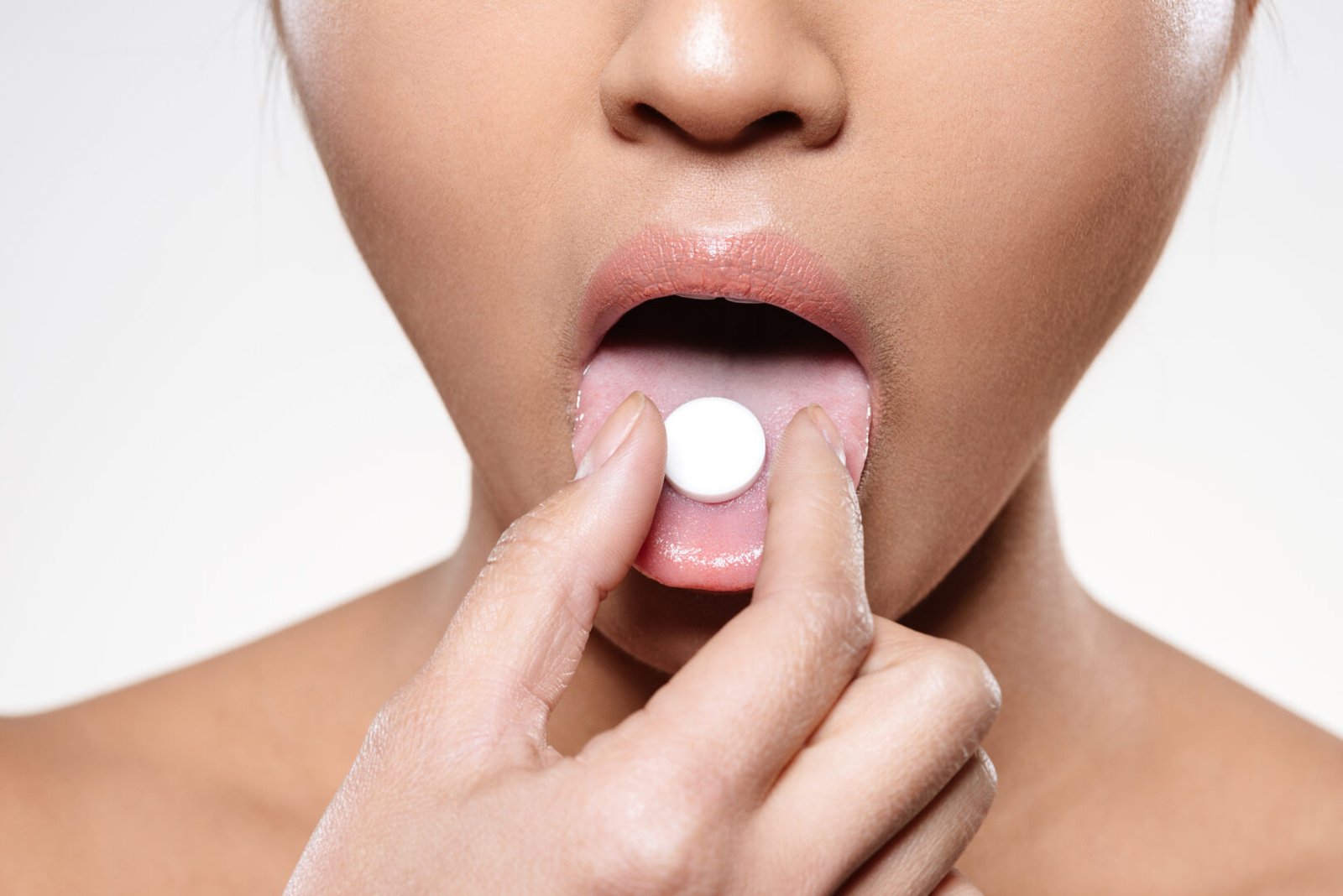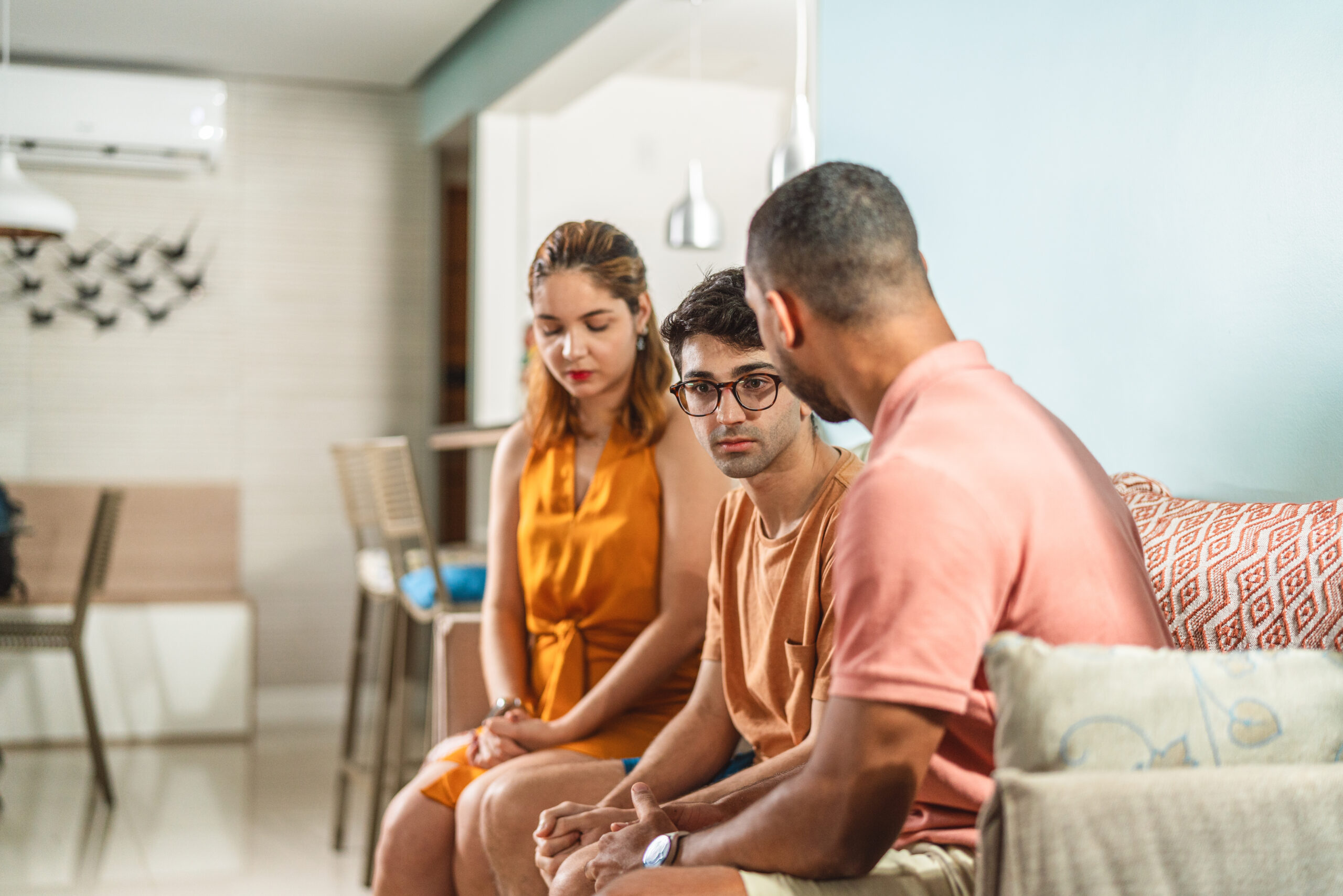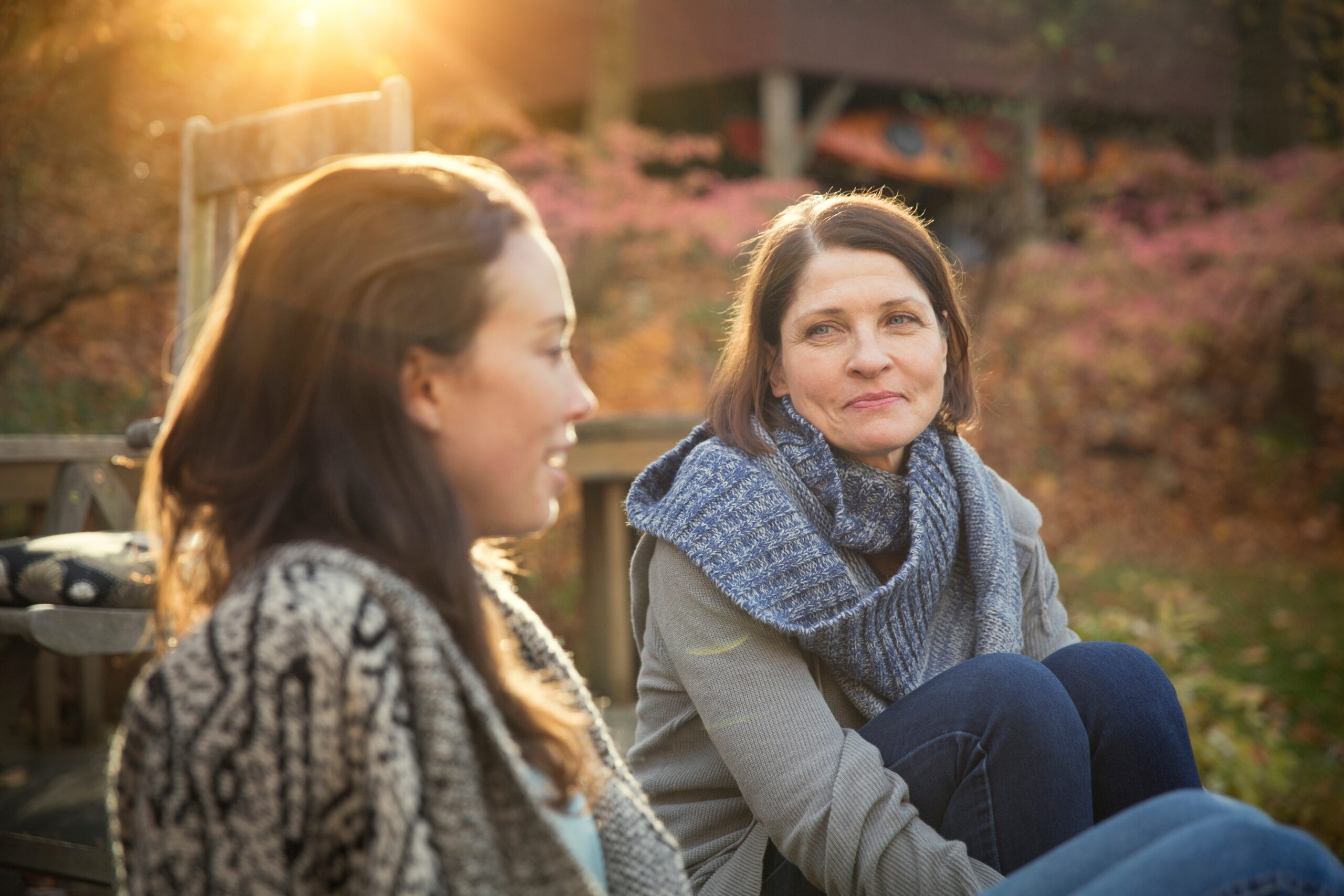Blood Pressure: What Causes It to Rise—and How to Bring It Down Naturally
I’ll never forget the first time a doctor told me my blood pressure was “borderline high.” I didn’t feel sick. I wasn’t dizzy or tired. I figured it was just
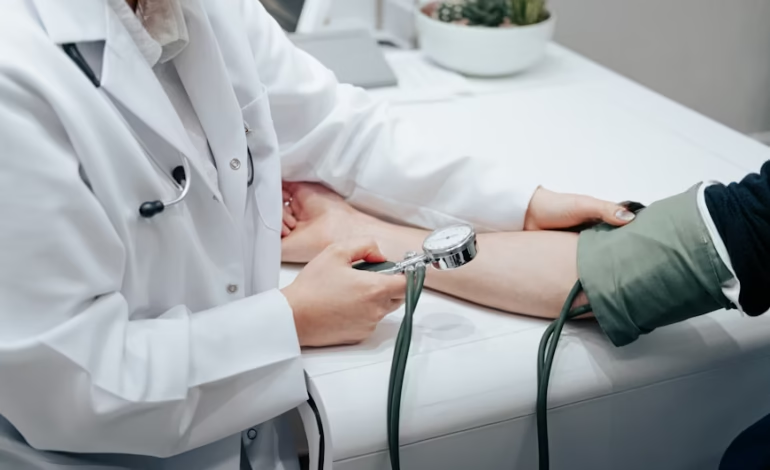
I’ll never forget the first time a doctor told me my blood pressure was “borderline high.” I didn’t feel sick. I wasn’t dizzy or tired. I figured it was just a fluke. But that number—135/88—became the wake-up call I didn’t know I needed.
High blood pressure is known as the “silent killer” because you often don’t feel anything until something goes wrong. That’s why it’s so important to know what causes it, who’s most at risk, and how to manage it before it turns into a serious issue.
What Is High Blood Pressure?
Blood pressure measures how hard your blood pushes against your artery walls. A healthy reading is around 120/80 mm Hg.
- 130/80 or higher = Stage 1 hypertension
- 140/90 or higher = Stage 2 hypertension
Who Is Most at Risk?
While anyone can develop high blood pressure, your background and ethnicity play a role.
Racial and Ethnic Disparities:
- African Americans have the highest rates of high blood pressure in the U.S. It tends to develop earlier and be more severe.
- Hispanic/Latino Americans also face rising rates, particularly among men.
- White Americans are moderately affected, often due to diet and lifestyle factors.
- Asian Americans may develop high blood pressure at lower body weights and younger ages than other groups.
“We need to acknowledge that health disparities aren’t just about genetics and lifestyle—they’re also shaped by access to care, stress, environment, and diet,” says Dr. Tasha Coleman, a cardiologist with NYU Langone Health.
Common Foods That Raise Blood Pressure
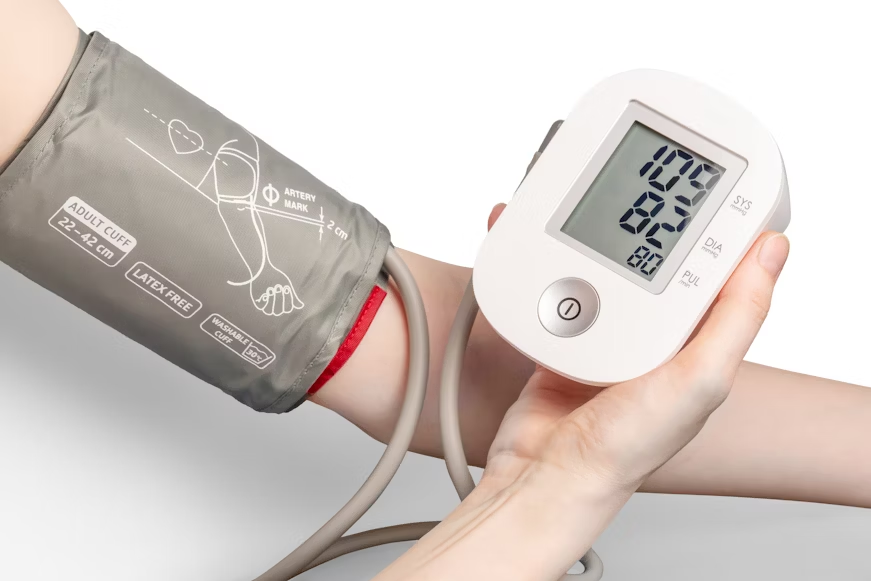
You might be surprised how everyday foods contribute to high blood pressure:
- Salt (sodium): Found in chips, canned soups, sauces, deli meats, fast food
- Sugar: Especially in sodas, pastries, sweetened coffee drinks
- Alcohol: More than 1 drink/day (for women) or 2/day (for men) can raise BP
- Caffeine: Can cause a temporary spike, especially in sensitive individuals
- Fried and fatty foods: Increase cholesterol and strain the cardiovascular system
Foods That Can Lower Blood Pressure Naturally
Eating right is one of the fastest ways to improve blood pressure. Some top foods include:
- Leafy greens (spinach, kale, arugula) – high in potassium and magnesium
- Berries – especially blueberries, which contain antioxidants that relax blood vessels
- Beets – rich in nitrates that improve blood flow
- Oats – fiber-rich and heart-healthy
- Bananas – loaded with potassium to balance sodium
- Garlic – helps dilate blood vessels and reduce pressure
- Dark chocolate – in moderation, it can improve circulation
“You don’t need to give up all your favorite foods, but adding in more of these can help shift your numbers in the right direction,” says Dr. Karen Liu, a clinical dietitian.
Can Water Lower Blood Pressure?
Yes—hydration helps.
Water keeps your blood volume stable, helps your kidneys eliminate excess sodium, and supports overall cardiovascular function. Dehydration can cause temporary spikes in blood pressure due to narrowed blood vessels and increased heart strain.
Aim for:
- Men: About 3.7 liters (125 oz) per day
- Women: About 2.7 liters (91 oz) per day
Even mild dehydration can cause symptoms like fatigue, headaches, and elevated blood pressure.
Does Weight Loss Help Lower Blood Pressure?
Absolutely. Even losing 5–10% of your body weight can significantly lower blood pressure. Extra weight puts more strain on your heart and blood vessels.
In fact, for every 2 pounds lost, you can lower systolic pressure by 1 mm Hg on average.
Regular physical activity, portion control, and eliminating processed foods are key strategies.
What About Low Blood Pressure?
While high blood pressure gets most of the attention, low blood pressure (hypotension) can be dangerous too.
Symptoms of too-low blood pressure:
- Dizziness or fainting
- Blurred vision
- Nausea
- Cold, clammy skin
- Confusion or fatigue
Generally, a reading under 90/60 mm Hg is considered too low—especially if you have symptoms.
When Is Blood Pressure a Medical Emergency?
Seek emergency care (ER or 911) if you have:
- Readings consistently above 180/120 mm Hg
- Chest pain
- Shortness of breath
- Vision problems
- Numbness or weakness
- Trouble speaking or confusion
These may indicate a hypertensive crisis, stroke, or heart attack.
The Bottom Line: Take Action Early
High blood pressure doesn’t have to lead to a heart attack, stroke, or kidney failure. Most cases are manageable with simple lifestyle shifts.
If I had kept ignoring my numbers, I might not be here writing this. Instead, I focused on:
- Drinking more water
- Moving my body daily
- Ditching fast food
- Cooking with whole ingredients
- Sleeping better
- Checking my numbers weekly
It worked. And if it worked for me, it can work for you too.
Quick Recap: Natural Ways to Lower Blood Pressure
Drink more water Eat potassium-rich foods
Reduce sodium and sugar
Exercise at least 30 minutes a day
Reduce alcohol and quit smoking
Manage stress with breathwork, nature, or therapy
Get enough sleep
Lose excess weight gradually
Track your numbers at home
By Dave Mazer for Ravoke.com


